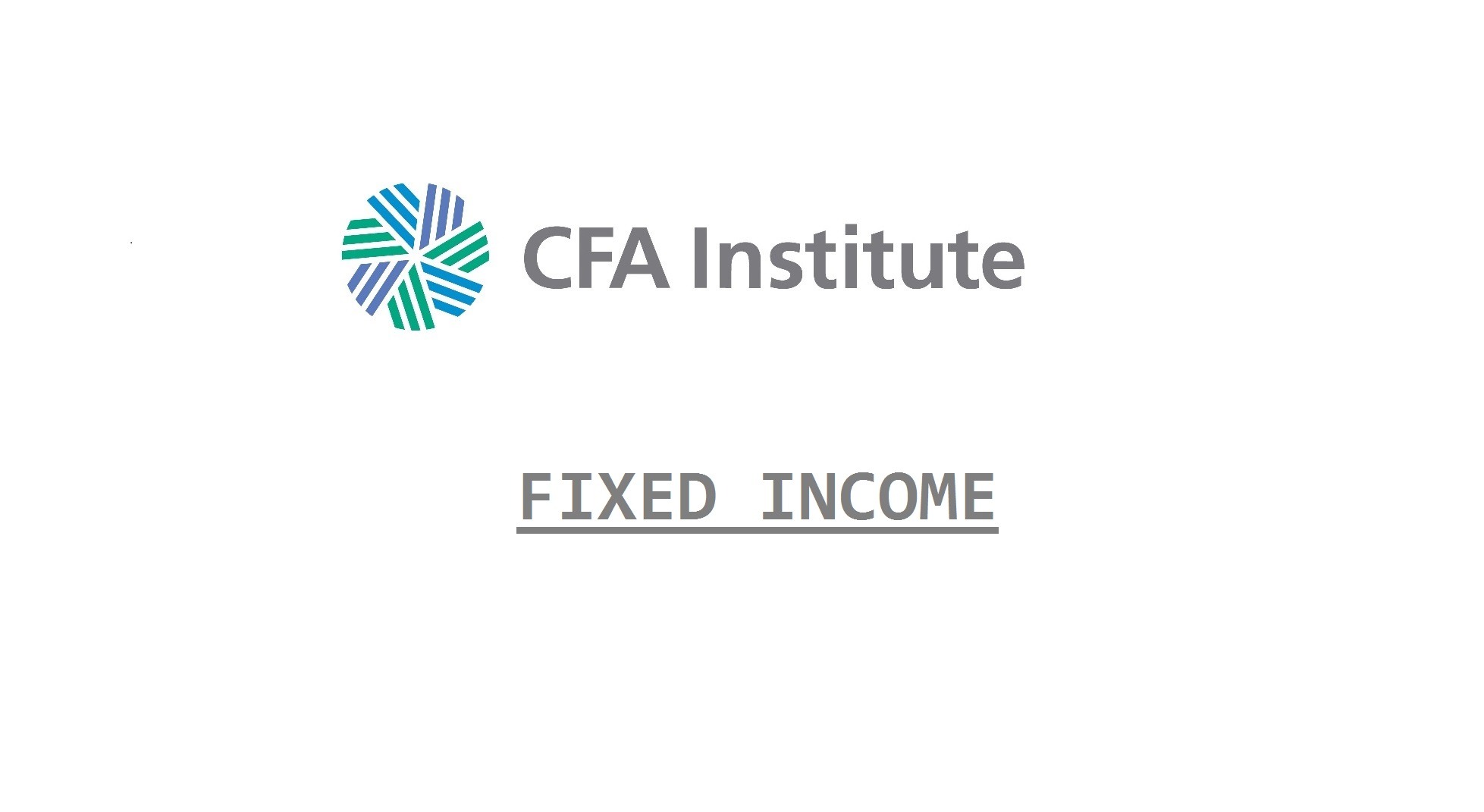A laddered portfolio is a common way to build a bond portfolio for individual clients. Roughly equal par amounts are purchased, and come due each year.
The same duration could also be achieved by concentrating all the holdings in a single middle duration (a bullet portfolio) or in a shorter and longer duration (a barbell portfolio).
If all three portfolios have the same duration, they all have roughly the same price sensitivity to a parallel yield curve shift. The advantages of the laddered portfolio include:
- The greatest practical advantage is natural liquidity, as some bonds come due each year. This is particularly significant if less liquid bonds such as corporates are used. The need to sell at large bid-ask spread to meet cash flow need is reduced. Alternatively, these now near-to-maturity bonds would be treated as less risky collateral, and could be used to borrow at favorable interest rates.
- There is the broadest diversification of cash flow across time and the yield curve—hence, less concentrated exposure to twists in specific points on the curve.
- There is diversification between price and reinvestment risk. Regarding price risk, some bonds mature each year (see natural liquidity). Regarding reinvestment risk, some bonds mature each year, so some proceeds will be reinvested at higher and some at lower rates. This creates a form of dollar cost averaging.
- The laddered portfolio will have more convexity than the bullet, a benefit if there are large parallel shifts. Recall that that distribution of cash flows is directly related to convexity.
- The duration contributions and key rate durations of the bullet, ladder, and barbell will also differ. So, the portfolios will respond differently to nonparallel twists in the curve. The ladder will typically fall in the middle of such curve risk exposure.
An alternative to building laddered bond portfolios with individual bonds is to use a laddered portfolio of target-date (fixed-maturity) bond ETFs. Each ETF has a designated year when it will mature and be paid off. It is passively managed to replicate the performance of a bond maturing in that year. For many investors, the ETF will offer cost advantages compared to purchasing individual bonds and have more liquidity if unanticipated sales are needed.
Laddered portfolios do have disadvantages. For some investors, an ongoing (no target date) passive index or active bond fund may be better. These ongoing funds are likely to be larger, provide greater diversification of credit risk, and be more liquid.
